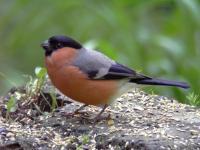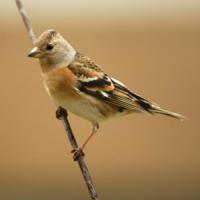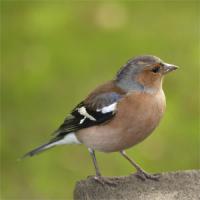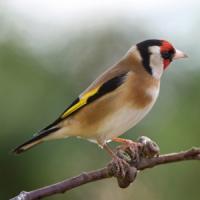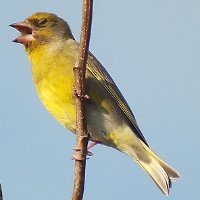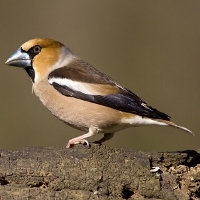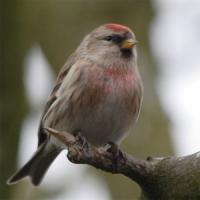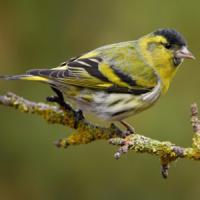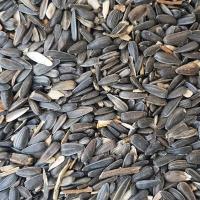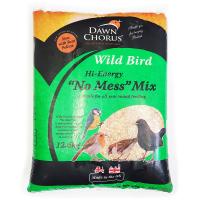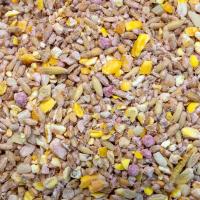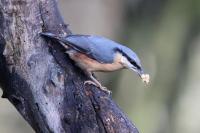- Home
- FAQs
- Customer Video Gallery
- Customer Photo Gallery
- Bird Facts
- Bird Food Blog
- Bird Information
- Feeding Advice
- Small Animal Information
- A to Z of Guinea Pigs
- A to Z of Hamsters
- A to Z of Rabbits
- Basic Care for Guinea Pigs
- Basic Care for Hamsters
- Basic Care for Rabbits
- Basic care for Chinchillas
- Basic care for Ferrets
- Basic care for Gerbils
- Basic care for Mice
- Basic care for Rats
- Buying a Healthy Small Animal
- Does your Reptile need a Licence
- Equipment for Ferrets
- Equipment for Hamsters
- Equipment for Mice
- Equipment for your Chinchilla
- Equipment for your Gerbil
- Equipment for your Guinea Pig
- Equipment for your Rabbit
- Keeping a House Rabbit
- Dog Information
- Cat Information
- Customer Information
- Fat Balls
- Suet Pellets
- Straights
- Seed Mixes
- Suet Treats
- Mealworms
- Bird Feeders
- My Account
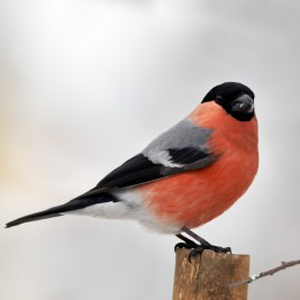
| Scientific Name | Pyrrhula pyrrhula |
| Breeding | April-May |
| Fledge Days | 15-17 |
| Incubation Days | 14-16 |
| Lifespan | 2 years |
| Number of Clutches | 1-3 |
| Number of Eggs | 4-5 |
| Size | 15cm |
| Weight | 21 - 27g |
| Wingspan | 25cm |
Bullfinch Facts - Information About Bullfinch
Bullfinch - Pyrrhula Pyrrhula
The Bullfinch is a reasonably common British breeding resident with around 200 thousand pairs, it occurs in nearly all habitat types throughout the country and can easily be enticed into the garden by presenting suitable food on the a bird table or ground. Bullfinches feed on seed, so a good seed mix will bring them in.
Identification:
Adult
- Males are easily recognised whereas the females are a little more difficult as they are far duller than the males.
- The Bullfinch is larger than Chaffinch and appears quite plump and bull-necked in comparison. It is fairly shy.
- 17cms in length.
Male
- Tail is black, rump is bright white, back is beautiful velvet grey.
- Wings are black with a large single white wingbar.
- The Bullfinch has a jet black cap and chin, grey nape and lovely pink sides to the head, the pink continues down onto the throat, breast and belly.
- The vent and undertail coverts are white.
- Bill is small and black.
- Legs are dark and eyes are black.
Female
- Female Bullfinches lack all the colours of the male and look like a washed out brown version, however the wing and tail markings are similar to the males.
- Instead of pink the head sides and underparts are pale greyish buff.
- Undertail coverts white.
Juvenile
- Juveniles appear from May and look like adult females but have plain buff brown heads and no black cap.
Status and Distribution
The Bullfinch is a common breeding resident in the UK with around 200 thousand pairs, spread throughout the whole of the UK.
In winter numbers increase slightly as migrants come to the UK from Continental Europe to escape their cold winters, migrants start to arrive in October.
Habitat/Food
Bullfinches tend to feed on the ground and bird tables but will occasionally take food from feeders, they occur in all habitat types throughout the UK, woodlands, parks, gardens, farmland, hedgerows towns and cities.
In the garden Bullfinches love seed mixes, fruit and suet.
Song/Call
Call note is a soft sad low toned whistle….’pew’
Song is a mix of the call notes with more mournful notes thrown in, it is a very soft quiet song and can be difficult to hear unless at close range.
The following food is favoured by Bullfinch




